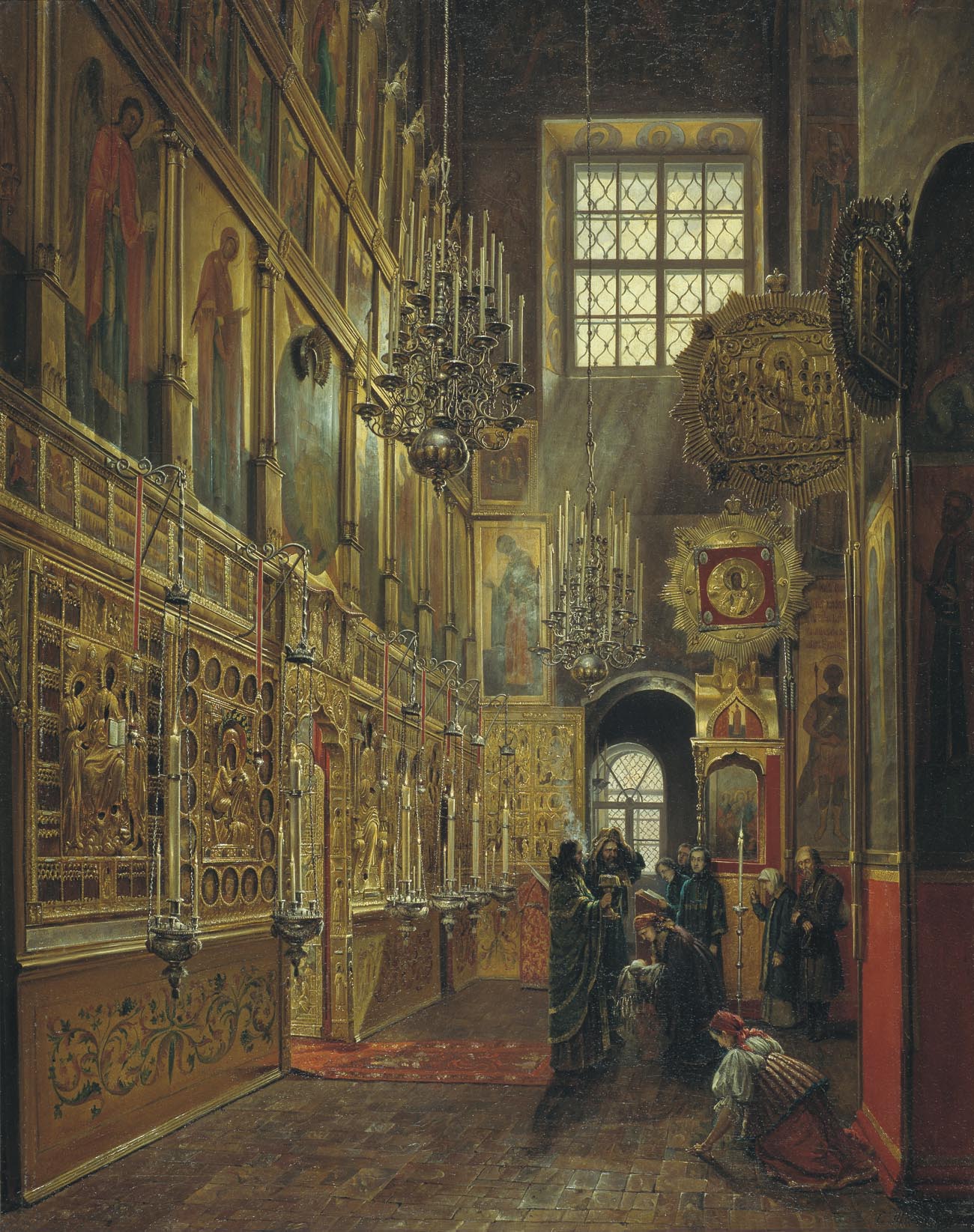
For those who may not know, here is an abbreviated history of the Holy Great Prince Vladimir, Equal to the Apostles, Baptizer of Rus. St. Vladimir was born around the year 960 and was the grandson of the great Princess Olga, who was the first to convert to Orthodox Christianity. As a prince of Rus, we was a fierce pagan, and came to power as Prince of Kiev through the defeat of his own brothers. But, realizing that there were other religions in the world, he sent envoys to investigate Islam, Judaism, Catholicism, and Byzantine Orthodoxy. When the envoys returned from Constantinople, where they attended the Divine Liturgy in the Church of Hagia Sophia (Holy Wisdom), they told St. Vladimir that "knew not whether we were in heaven or on earth." When the Byzantine Empire was under attack in 987, they joined forces with St. Vladimir, under the condition that the sister of the Byzantine Emperor would become Vladimir's wife. The Byzantines agreed if Vladimir would send troops and be baptized. When the Byzantine Emperor did not keep his part of the bargain, Vladimir took troops to Korsun and took the city until the Byzantine Emperor gave in. With his new wife, Anna, Vladimir also inhereited the title Tsar, and the Byzantine Imperial Insignia.

Upon returning to Kiev, St. Vladimir oversaw the single most important event in the history of Russia, the Baptism of Rus. By declaring "If anyone does not go into the river tomorrow, be they rich or poor, beggar or slave, that one shall be my enemy," he set the path for the next 900 years of Russia's history. He is remembered for his unification of the Russian lands, and for destroying pagan idols and temples throughout the land, replacing them with churches. He also converted many of his enemies to Orthodoxy and required theological education for the children in his lands.
St. Vladimir also had to deal with many enemies from throughout his land, and eventually was at war with his own son. He died of illness on July 15, 1015.
Today Russia, even after the communist period, is the largest Christian country in the world following one form of Christianity, and it is from Russia that many of Orthodoxy's greatest missionaries (St. Nicholas of Japan; Ss. Herman, Tikhon, Innocent, etc. of America) began their missionary journey. This shows the influence that St. Vladimir's decision would later have on the spread of Orthodoxy, especially in America, where the Russian church ruled until the Bolshevik revolution, thereby leading me to again say, many of us would not be Orthodox today, if not for St. Vladimir.

